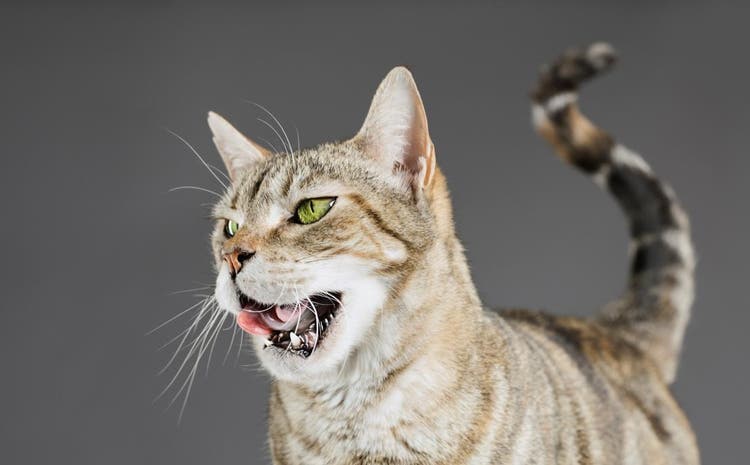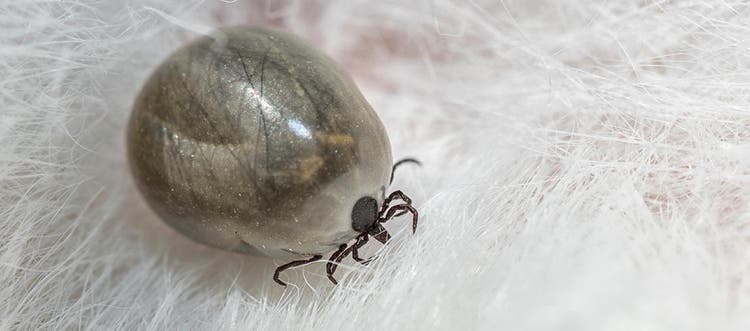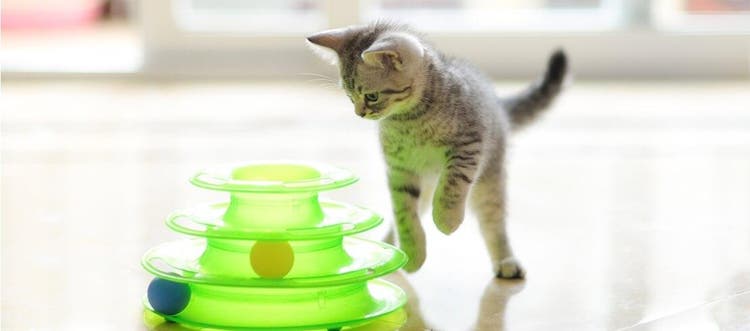The good thing is that cats cannot catch the two types of lungworm (Crenosoma vulpis and the more serious Angiostrongylus vasorum), which can be found in dogs in Canada. The bad news, however, is that cats can suffer from their own species of lungworm called Aelurostrongylus abstrusus.
Here’s what you need to know about lungworm in cats.
Lungworm in cats is difficult to diagnose because it can cause symptoms similar to other common lung conditions, such as feline asthma, including coughing, wheezing and difficulty breathing. Unlike dog lungworm, the condition in adult healthy cats is rarely fatal, although it can be more serious in kittens and animals that are otherwise unwell.
What is lungworm?
As the name suggests, lungworm is a parasite that lives in the lungs and small airways of infected cats. The adult worms produce eggs that hatch into larvae and burrow through the lung tissue, causing lung damage and associated symptoms like a cough.
How do cats get lungworm?
Cat lungworm is carried by slugs and snails. Cats can become infected either by eating infected slugs or snails directly or by eating other animals, such as rodents or birds, that have eaten infected slugs or snails.
Is lungworm dangerous to cats?
Lungworm in cats generally causes respiratory illness and lung damage. Infected cats often cough or wheeze and may have breathing difficulties. Symptoms tend to be relatively mild in healthy adult cats, but the disease can be more dangerous and symptomatic in kittens and cats with weakened immune systems.
Can cats transfer lungworm to other pets?
Aelurostrongylus abstrus, the parasite that affects cats, does not affect dogs but it can be indirectly passed on to other cats. A cat infected with lungworm will pass lungworm larvae out in its feces, contaminating the environment and infecting the local slugs and snails.
What are the signs of lungworm in cats?
Symptoms of lungworm in cats include a persistent cough, wheezing and sneezing (especially after exertion). There also may be some discharge from the nose and difficulty breathing. These can be symptoms of other diseases as well, so if your cat has any of these symptoms it’s important to have your cat checked by a veterinarian.
How can you protect your cat from lungworm?
Discouraging your cat from hunting will help reduce the risk, but of course this is easier said than done! Tiny slugs and snails can also fall into your cat’s water bowls and attach to their toys, so it’s important to clean these regularly and thoroughly to help reduce the risk.
Speak to your veterinarian about options for lungworm prevention and treatment options.
Did you know…
Snails sometimes move in convoys, piggybacking on top of other snails’ slime to conserve energy. This, unfortunately, is also a way for snails to spread lungworm.









